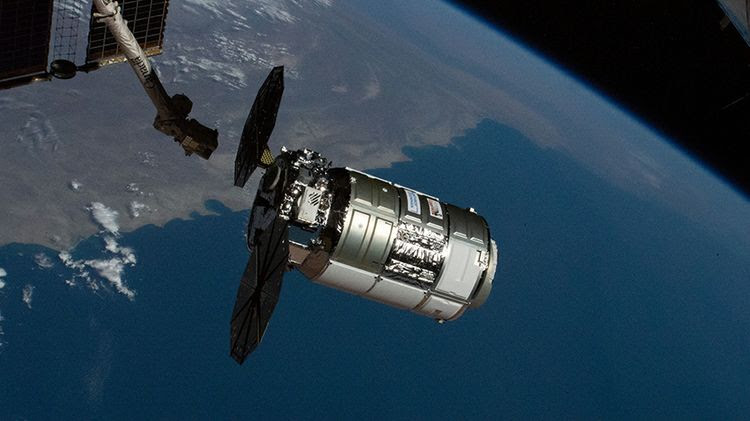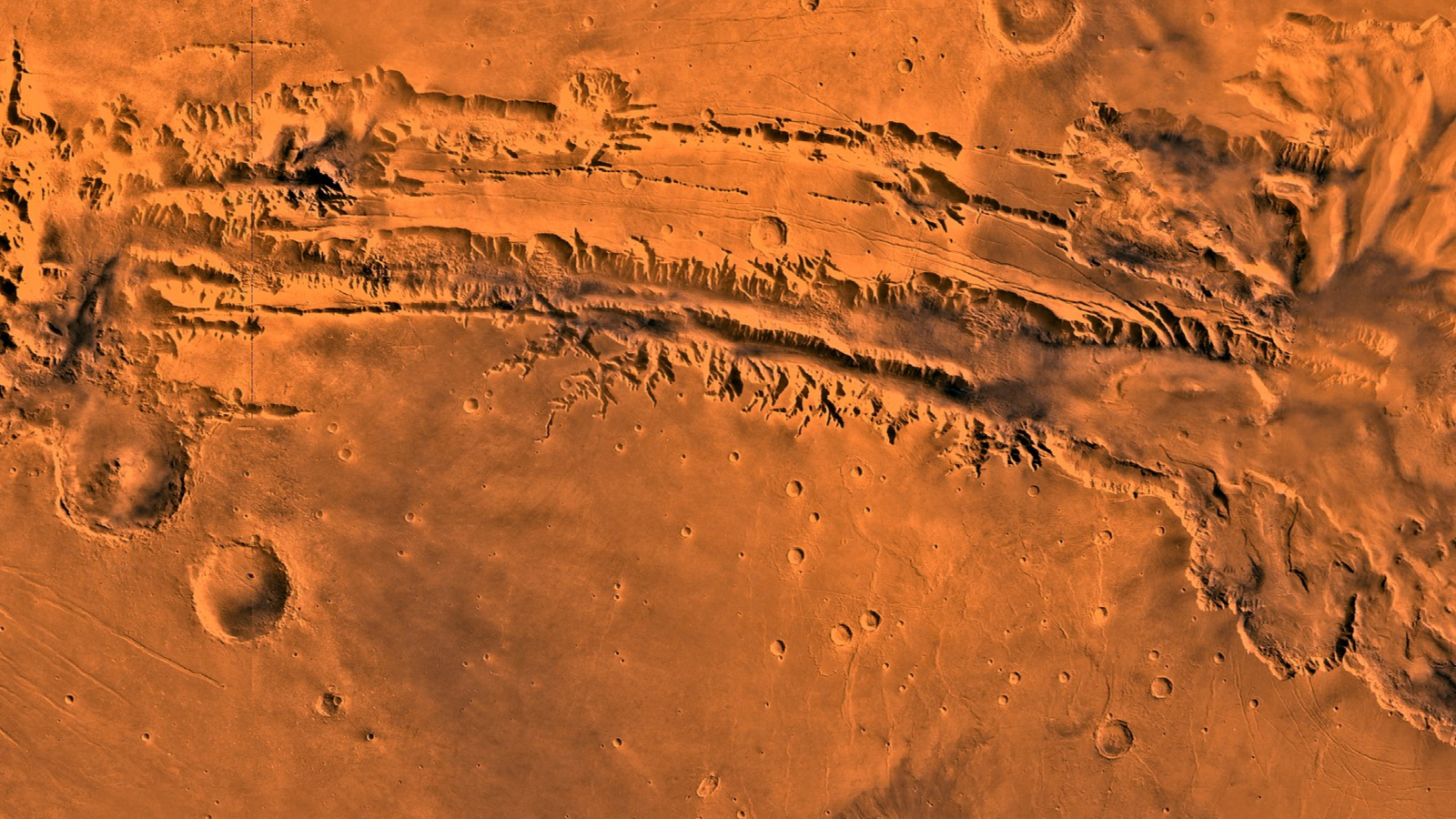Northrop Grumman's Cygnus cargo ship departs space station to begin new mission in orbit
The S.S. Katherine Johnson will then safely fall to Earth.

A Northrop Grumman Cygnus cargo spacecraft successfully undocked from the International Space Station Tuesday (June 29) at 12:25 p.m. EDT (1625 GMT), more than four months after it arrived in orbit.
The undocking aired live on NASA TV, with the spacecraft separating from the orbital outpost right on time, enabling the craft to begin a secondary mission before its planned fiery demise.
Ground controllers remotely unbolted Cygnus from its port on the station and moved it into its release position before using the space station's robotic arm to undock the spacecraft and send it on its way; NASA astronaut Megan McArthur monitored the departure from the space station.
Related: Wow! NASA spots space station crossing the sun during spacewalk (video)
Officially known as the S.S. Katherine Johnson, the Cygnus NG-15 cargo vessel launched on Feb. 20, 2021, and docked with the orbital outpost two days later. Tucked inside was more than 8,200 lbs. (3,700 kilograms) of research experiments and crew supplies.
Typically Cygnus cargo vessels are waste disposal receptacles, and this particular craft is no different. To that end, on Monday (June 28), European Space Agency astronaut Thomas Pesquet finished loading the Cygnus with trash before sealing the hatch. After it leaves the space station, the Cygnus burns up in Earth's atmosphere as it falls from space, and all the trash inside with it.
Shortly after departing the space station, the S.S. Katherine Johnson deployed five small cubesats as part of a secondary mission. The Ionosphere Thermosphere Scanning Photometer for Ion-Neutral Studies (IT-SPINS) will study the ionosphere, an enigmatic, electrically charged part of Earth's upper atmosphere, while the MYSAT-2 satellite will help students train to become better engineers, NASA officials wrote in a blog post.
Breaking space news, the latest updates on rocket launches, skywatching events and more!
Once the Cygnus has deployed all five CubeSats, it will make its journey back to Earth, burning up as it descends through the atmosphere.
Follow Amy Thompson on Twitter @astrogingersnap. Follow us on Twitter @Spacedotcom or Facebook.
Join our Space Forums to keep talking space on the latest missions, night sky and more! And if you have a news tip, correction or comment, let us know at: community@space.com.

Amy Thompson is a Florida-based space and science journalist, who joined Space.com as a contributing writer in 2015. She's passionate about all things space and is a huge science and science-fiction geek. Star Wars is her favorite fandom, with that sassy little droid, R2D2 being her favorite. She studied science at the University of Florida, earning a degree in microbiology. Her work has also been published in Newsweek, VICE, Smithsonian, and many more. Now she chases rockets, writing about launches, commercial space, space station science, and everything in between.
